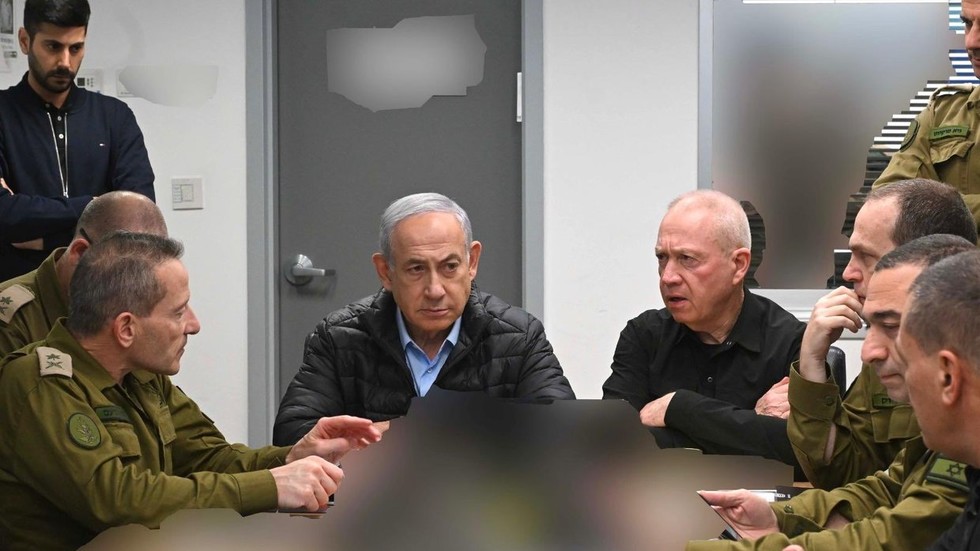The escalating tensions between Israel and Iran have dramatically intensified, culminating in the Israel Defense Forces (IDF) conducting targeted military strikes in Iran. IDF spokesperson Daniel Hagari confirmed these operations, asserting that they are a direct response to months of continuous aggression from the Iranian regime against Israel. During a brief video statement, he emphasized the IDF’s commitment to defending Israel and its citizens, highlighting that both offensive and defensive military capabilities are fully mobilized in light of these threats. The strikes were characterized as “precise” and aimed specifically at military targets within Iran.
The context of these military actions stems from a series of aggressive maneuvers by Tehran, including an unprecedented missile assault on Israel. On October 1, Iran fired nearly 200 ballistic missiles at Israel, attributing this barrage to the recent assassination of key figures, including leaders from Hamas and Hezbollah, as well as a high-ranking general from the Islamic Revolutionary Guard Corps (IRGC). This missile strike marked a significant escalation in hostilities, prompting Israel to issue stern warnings of a “deadly, pinpoint accurate, and surprising” retaliation against Iran. However, specifics about the timing and nature of this response remained unspecified, leaving the situation shrouded in uncertainty.
In the wake of these events, Iran has responded with strong rhetoric, vowing a “decisive and regretful” countermeasure should Israel continue its strikes. The Iranian leadership’s threats underscore the potential for the situation to spiral further out of control, raising fears of a broader regional conflict. The regime’s response not only focuses on direct retaliation but also includes potential reprisals through various proxy groups, which Iran has historically leveraged in its confrontations with Israel. This layered approach highlights the complexity of the conflict, where direct military engagements are interwoven with asymmetric warfare tactics.
As the IDF operations continue, the situation remains fluid, with the extent of the strikes and their impact on military infrastructure in Iran yet to be fully assessed. Reports from Tehran described multiple explosions heard in the capital, but concrete details regarding damages or casualties were not immediately available. This ambiguity adds to the high-stakes nature of the confrontation, as both sides seem poised for further escalation. Given the strategic implications of such military actions, there are growing concerns about the potential for full-scale war between Israel and Iran, which could have catastrophic consequences for the already volatile Middle Eastern landscape.
Internationally, there is a heightened sense of urgency as diplomats and leaders watch the developments closely, hoping to stave off a larger conflict. Many nations remain concerned about the wider ramifications of military hostilities, fearing potential disruptions to regional stability and security. While diplomatic resolutions have often been sought, the entrenched positions of both Israel and Iran—each viewing the other as a principal foe—pose significant challenges to negotiation efforts. The roles of other regional actors and global powers further complicate the situation, as alliances shift and stakes rise.
In conclusion, the conflict between Israel and Iran represents a multifaceted and ongoing crisis marked by military engagements, retaliatory threats, and deep-seated animosities. The recent IDF strikes signal a critical phase in the conflict, with both states preparing for a possible escalation. As the situation evolves, it remains essential for international observers to monitor developments and advocate for diplomatic efforts aimed at resolving the underlying tensions that fuel such violent exchanges. Without sustained engagement and dialogue, the prospects for peace remain tenuous, and the risk of wider regional instability looms large.

